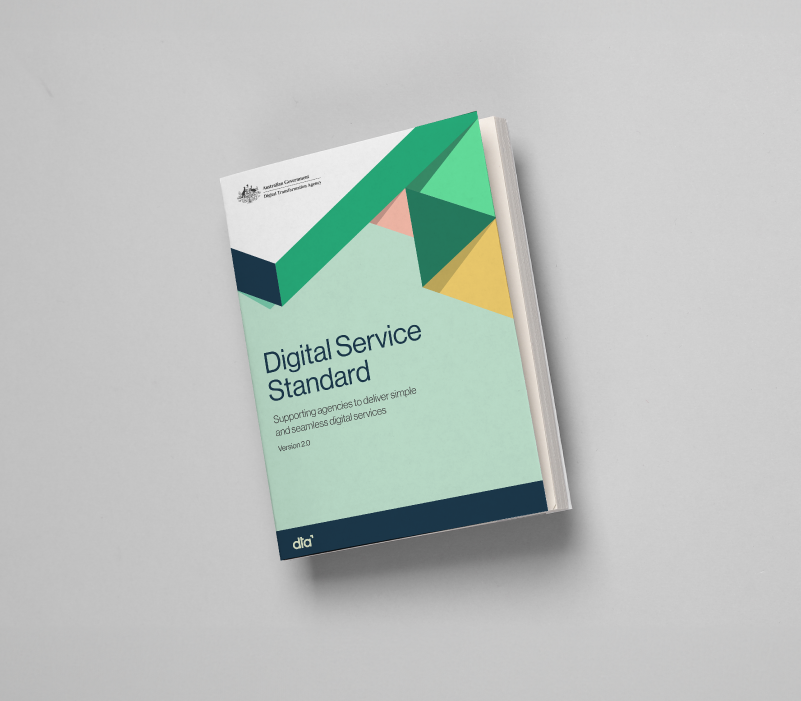-
Featured policy
-
Explore the Digital Service Standards
-
Digital Performance Standard
Find out how to meet the Digital Performance Standard -
Digital Access Standard
Find out how to meet the Digital Access Standard -
Digital Inclusion Standard
Find out how to meet the Digital Inclusion Standard -
Digital Service Standard
Find out how to meet the Digital Service Standard 2.0
-
-
Government recognises that to deliver high quality, effective digital services to people and business requires cross government collaboration and planning.
-
Supporting a whole of government focus on improving the experience for people and businesses interacting digitally with government information and services.
-
Supporting a whole-of-government focus on improving the experience for people and businesses interacting digitally with government information and services
-
June Observatory Training
Google Analytics training: upcoming sessions
Connect with the digital community
Share, build or learn digital experience and skills with training and events, and collaborate with peers across government.







